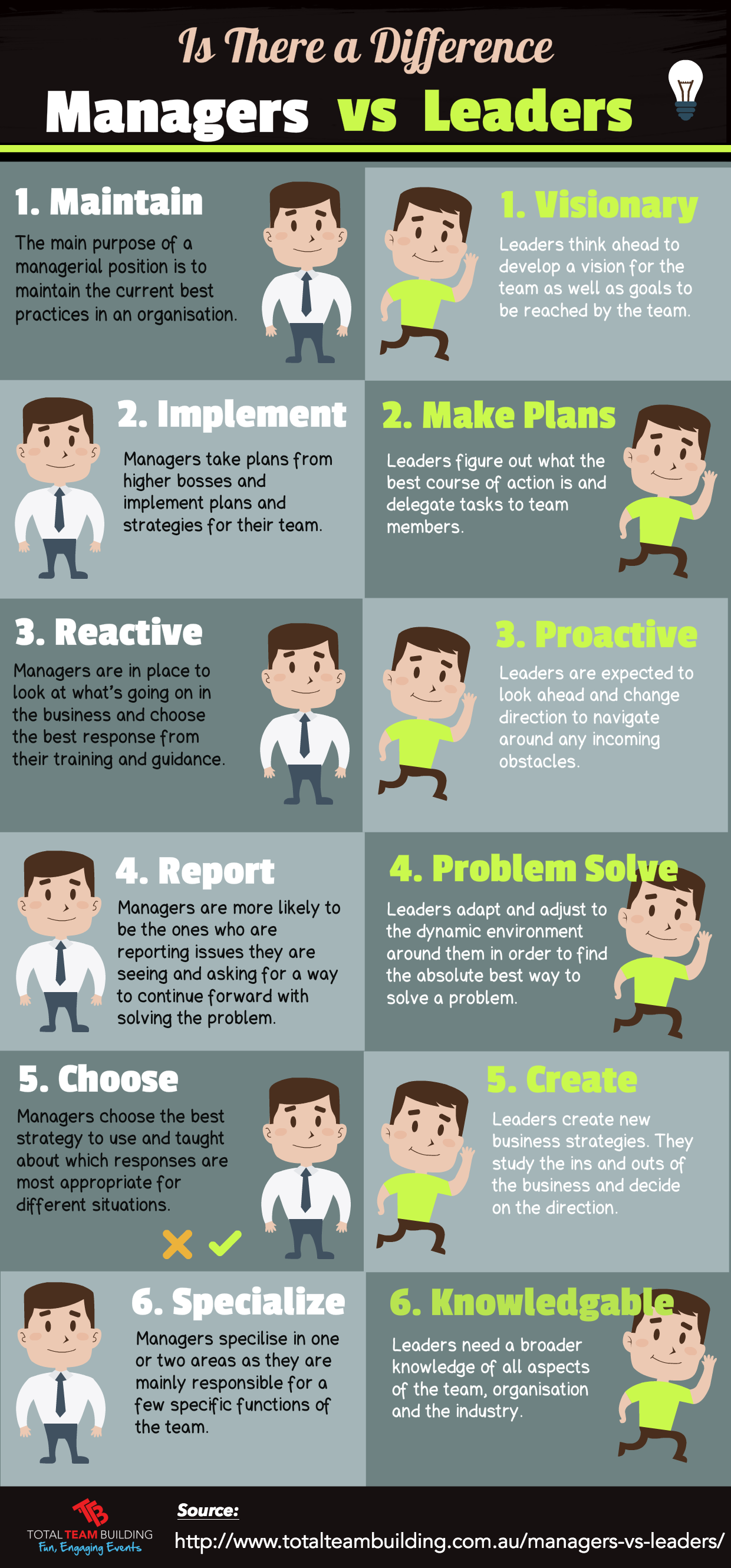Leadership is a Skill: How to Practice Leading People
Over the years it has been discovered and proved that leadership is not only for those born with a certain set of prime characteristics. Leaders rely on influence over those placed under their order, rather than relying on the authority given to them from whatever source.
Because influence is something we can have an effect on with our words and actions, leadership can also be affected by what we do. If you want to become a better leader, whether you’re in a leadership position now or not, what can you do to improve those skills?
Managers vs Leaders: Is There a Difference?

Most Leaders Are Made, Not Born
It’s rare that you find anyone who is good at leadership from a young age and into their later years. Even if you do find someone like that, it’s often necessary for them to be trained in leadership skills to become an excellent leader.
Many leaders you see today have been training in leadership skills for years. CEOs, Presidents, politicians, military leaders, etc. All of these positions are trained in leadership at some point to build on what they already know and make them into leaders that are truly up to the task of handling the positions of power they hold.
No matter how good someone is at leading people naturally, they can always improve with training. Similarly, even if you are bad at leading currently you can also become better at it by purposefully practicing skills that are used every day in leadership situations.
Should a Leader Allow Employees to Fail in Order to Learn?
How to Practice Leadership Skills
What skills are needed to be an effective leader? Here are some main skills and how you can practice in your daily life at work or in social situations:
- Initiative
Going out of your way to take on new assignments and get stuff done without being asked can help you to be more comfortable with taking initiative. This is something leaders do frequently when working on any projects. The ability to get things done is very important for a leader.
- Motivational Skills
It’s not directly your job to motivate your employees, but you need to create an atmosphere that will provide motivation to those who are looking for it. All motivation is self-motivation. You cannot force someone to become motivated, but you can put the circumstances in place that will bring more motivation to your followers.
- Problem Solving
Critical thinking and the ability to solve problems with innovative and creative solutions is an invaluable leadership skill. You can practice this at work by thinking deeply about a task that you have to do and deciding on at least 3 – 5 ways it could be done other than the way you’re currently doing it.
- Listening
Hearing and understanding what people are saying to you is vital to making a proper decision and meeting the needs of the people you are leading. Don’t just let your ears hear what people are saying to you; really focus on what they are telling you and learn whatever you can from the encounter. Learning to listen well will give you more sources for ideas, a better feel of what your subordinates need, and a more loyal staff.
- Self-Discipline
Leading requires you to hold yourself to a higher standard than those under you. It’s not wise to ask your followers to do something you are not already doing or willing to do (if you have the skills to do the task, that is.). Practice discipline by keeping a schedule in your personal life or being committed to doing a few specific things well and often. For example, you can practice self-discipline by starting a morning exercise routine and sticking to it without fail., thick or thin.
- Giving and Accepting Assistance
Leaders need to learn to delegate tasks. If you’re not currently a leader, you can practice this by asking for help and being willing to help others with their issues.
- Conflict Resolution
Not only should you learn to keep yourself away from unnecessary conflicts, you need to develop the skill of resolving conflicts between others or between yourself and another. Learn methods of resolving conflicts through healthy communications and critical thinking.
- Constant Learning
Leaders who do not learn as they go will not be good leaders. If you want to be as competitive as possible, you need to constantly be on the top of your game and in touch with new information that’s coming out in your industry. Don’t stop reading and trying to learn!
How Can Leadership Create and Encourage Teamwork?
Conclusion
Leadership is a skill that is composed of many smaller skills. If you practice and improve these smaller skills, you will improve your overall ability to lead others.
Take the time to learn about what you need to be able to do to lead well and practice those things. If not, you won’t be able to reach your full leadership potential!
Are You Leading People?… Team Building helps foster a learning environment where you can practice your leadership skills?
Total Team Building specialise in teams…we facilitate a range of fun based team building activities that can help build essential leadership skills that can assist your delegates in leading people. For more information about how Total Team Building can help you contact us today.



